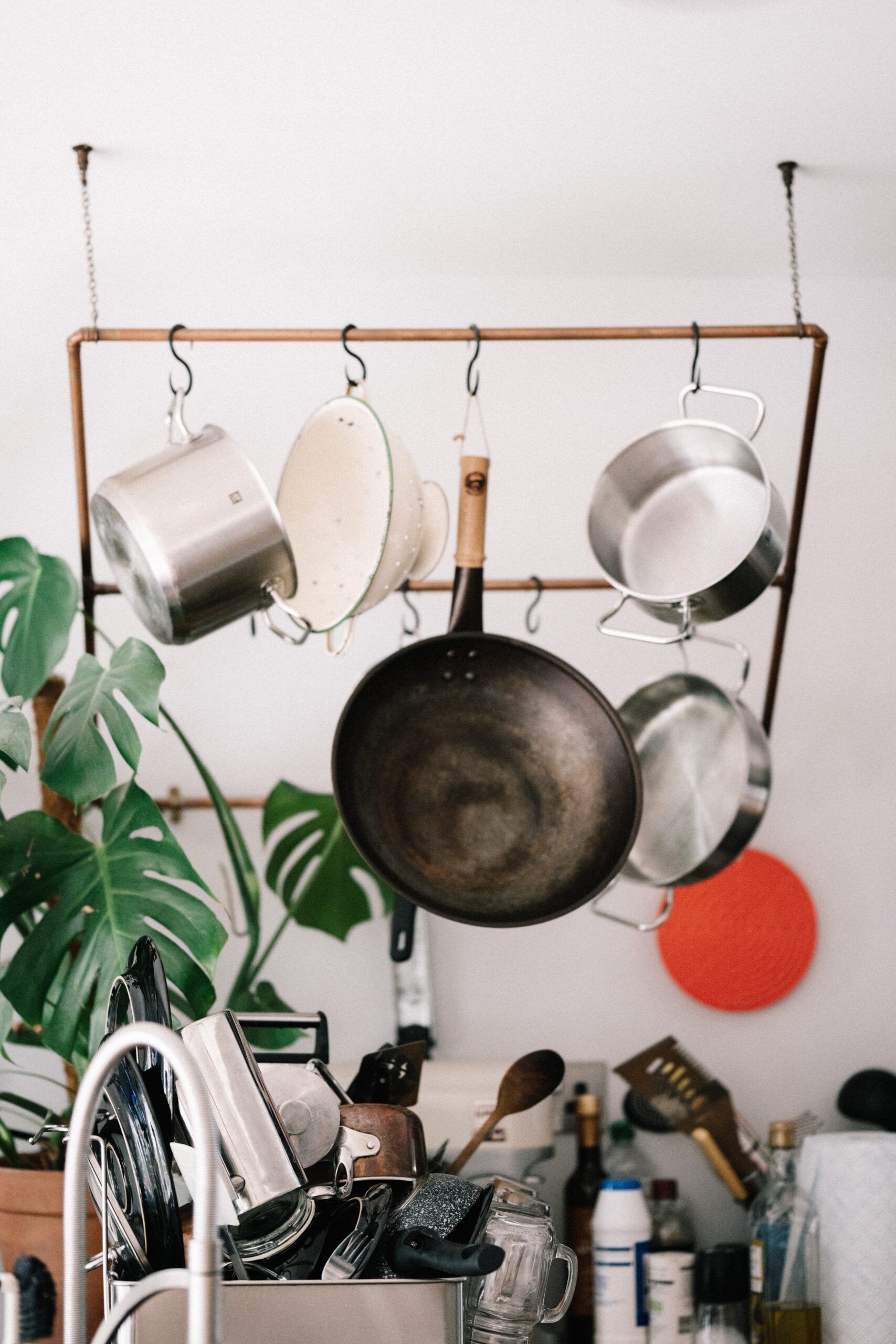Having the proper equipment in the kitchen may make a huge difference when it comes to cooking. The saucepan is one of the most essential pieces of equipment in any kitchen, and selecting the proper one is essential for perfectly preparing dishes.
The handle is a feature that is frequently disregarded while selecting a saucepan. Have you ever wondered why most saucepan handles are made of plastic or wood? In this article, we will examine the characteristics of these materials that make them perfect for this use as well as the reasons why they are preferred for saucepan handles. This article will provide you insightful information about why wooden and plastic handles are crucial parts of a decent saucepan, regardless of whether you are an experienced chef or a novice cook.
For a number of reasons, saucepan handles are often constructed of wood or plastic. First of all, both wood and plastic are suitable for use in the kitchen since they are both quite light and offer a pleasant grip. Second, because neither material conducts heat, touching hot saucepans won’t result in burns or other pain. They are both non-conductive materials.
Both materials are also heat- and moisture-resistant, making them long-lasting and easy to maintain. Additionally, while some varieties of wood, like teak, are prized for their beautiful look and are frequently used for high-end cookware, plastic is less costly. Overall, people choose wood and plastic handles because of their comfort, safety, durability, and affordability.

Can You Put Wooden Or Plastic Handled Pots In The Oven?
Pots with wooden or plastic handles can go in the oven, but you need to be careful. Avoid using wooden handles in the oven because they might distort and shatter when subjected to intense heat. While some plastic handles could be marked as oven-safe, others might not be, and they could crack, melt, or shatter when exposed to extreme heat.
Before putting a saucepan with a wooden or plastic handle in the oven, it is usually recommended to verify the manufacturer’s instructions as different models and brands may have varying temperature restrictions. In general, a saucepan should be safe to use in the oven if it has a wooden or plastic handle, is labeled as “oven-safe,” and can sustain the temperature you require.
It may be preferable to err on the side of caution and avoid using a saucepan with a wooden or plastic handle in the oven entirely, or select a saucepan with a metal handle that is made expressly for use in the oven, if you are doubtful about its safety.
Are Wooden Or Plastic Saucepan Handles More Durable Than Metal?
In some cases, wooden and plastic handles might be more robust than metal ones. Metal handles have a tendency to transfer heat, making them unpleasant to grasp and hot to the touch. In addition to becoming twisted or distorted over time from heat and moisture exposure, metal can also impact the saucepan’s overall toughness.
Wood and plastic, on the other hand, are non-conductive materials and do not react to heat and moisture the same way that metal does. Wooden and plastic handles may survive for many years and keep their form and look with regular maintenance.
It is crucial to remember that although hardwood handles might fracture or warp if they are not properly maintained, plastic handles can become brittle over time and snap or split.

Which Type Of Handle Is Better For Pots? Wood Or Plastic?
Depending on the exact use case and personal preferences, wood or plastic handles are preferable for pots. Both handle designs have distinct advantages and disadvantages of their own.
Many cooks in the industry choose wooden handles because of their classic design and natural feel. They often feel good in the hand, and their non-slip surface gives a firm hold even when wet. However, when exposed to heat and moisture, wooden handles are more likely to distort and break. If they are not properly cleaned and maintained, they can also house bacteria.
Plastic handles are a common option for daily usage since they are lightweight and simple to clean. Additionally, because they are non-conductive, they won’t conduct heat, making them cool to the touch even when the pot is hot. Some plastic handles are also made to withstand heat, making them suitable for cooktop usage. However, not all plastic handles are made equal, and some might over time with exposure to heat and moisture become brittle or discolored.
Does Cooking Oil Affect The Plastic Handles Of Pots?
Pot handles made of plastic might be harmed by cooking oil. Cooking oils include compounds in them that, over time, can react with plastic, making it brittle, discolored, or even melt. This reaction may be accelerated by the heat created during cooking, which will hasten the breakdown of the plastic.
Additionally, oils have the ability to pierce the surface of plastic handles, leaving behind a difficult-to-clean residue that may also hold germs. Plastic handles may become more susceptible to stains and odor as a result over time.
When using plastic-handled pots with cooking oils, it’s crucial to exercise caution. Some of these measures include using a low heat setting, avoiding scorching the oil, and properly wiping the pot and handle after each use. The danger of damage from cooking oils can also be decreased by selecting a high-quality material that is especially made for use in the kitchen, such as heat-resistant silicone.
Overall, it is important to exercise caution and take precautions to prevent damage to the plastic when using cooking oils with pots with plastic handles.
Relevant Articles
Can You Overcook Meat In A Slow Cooker?

Comments are closed